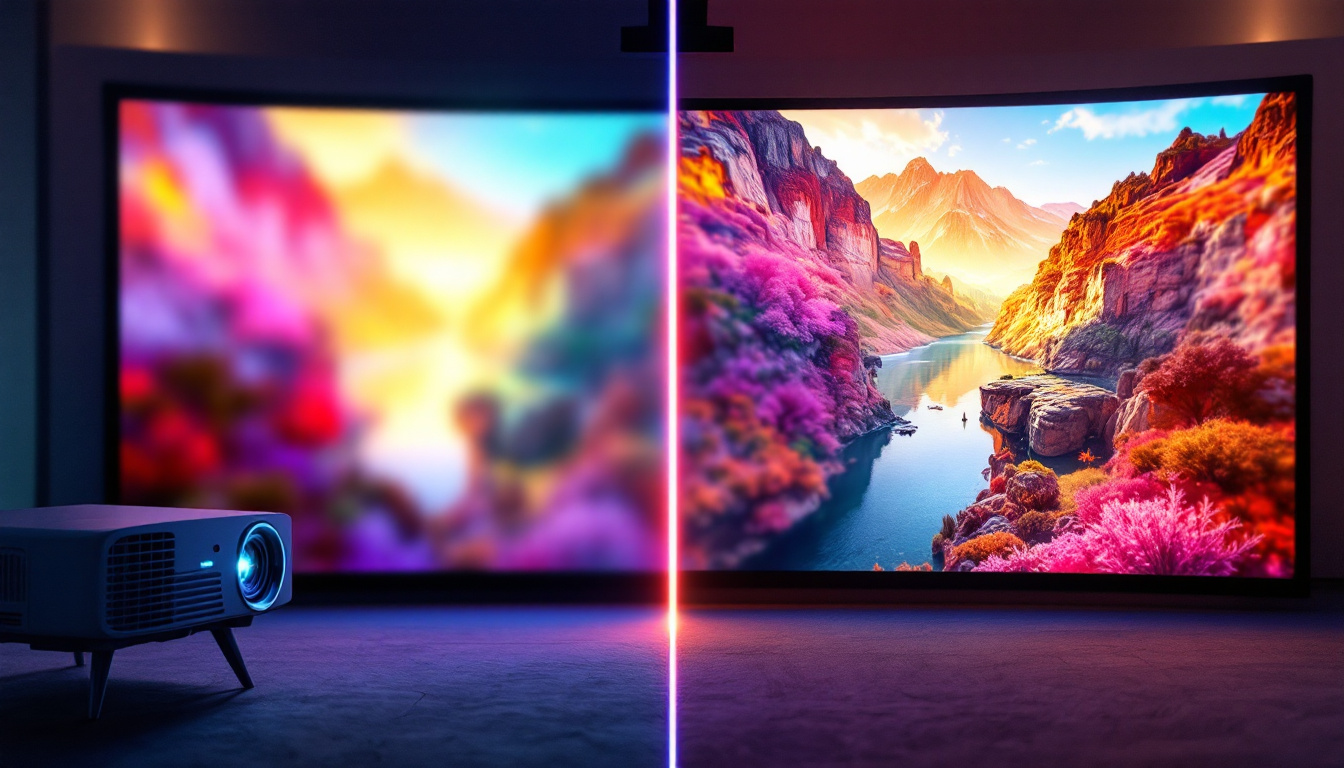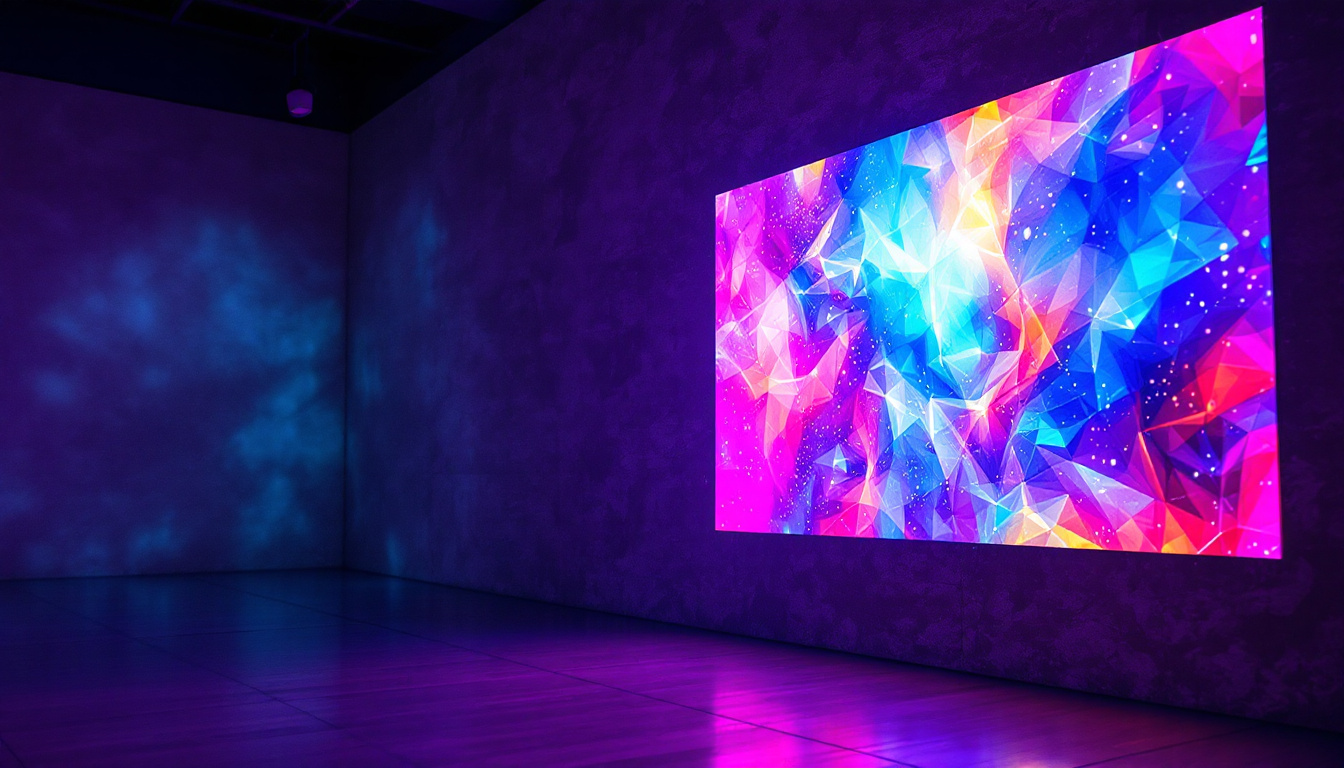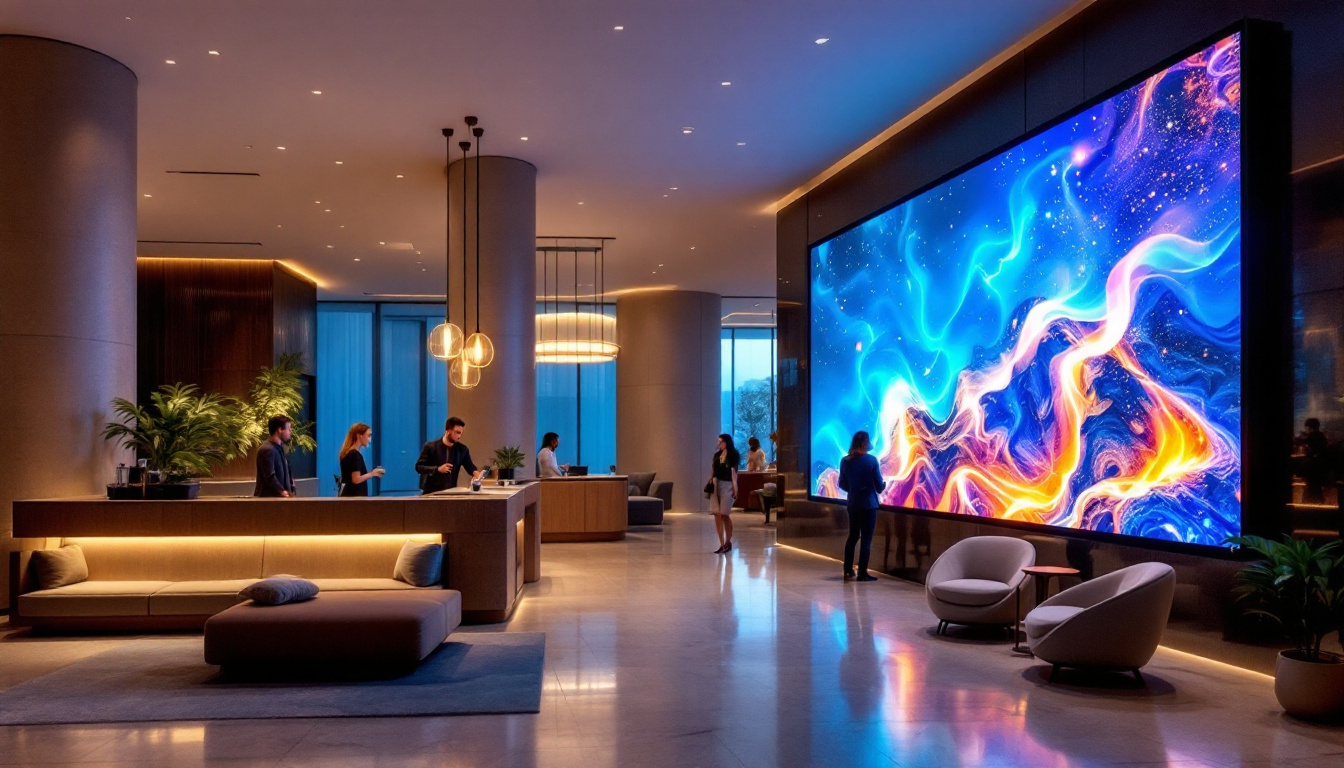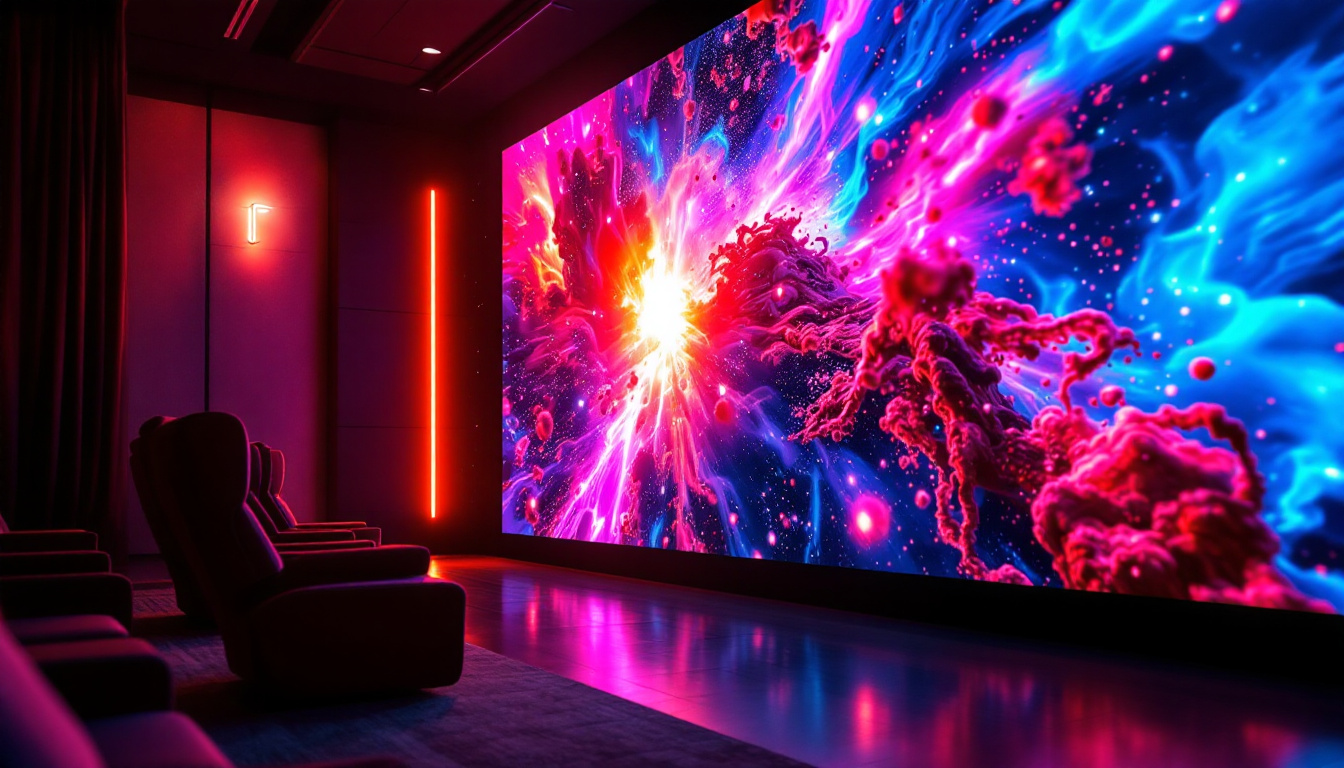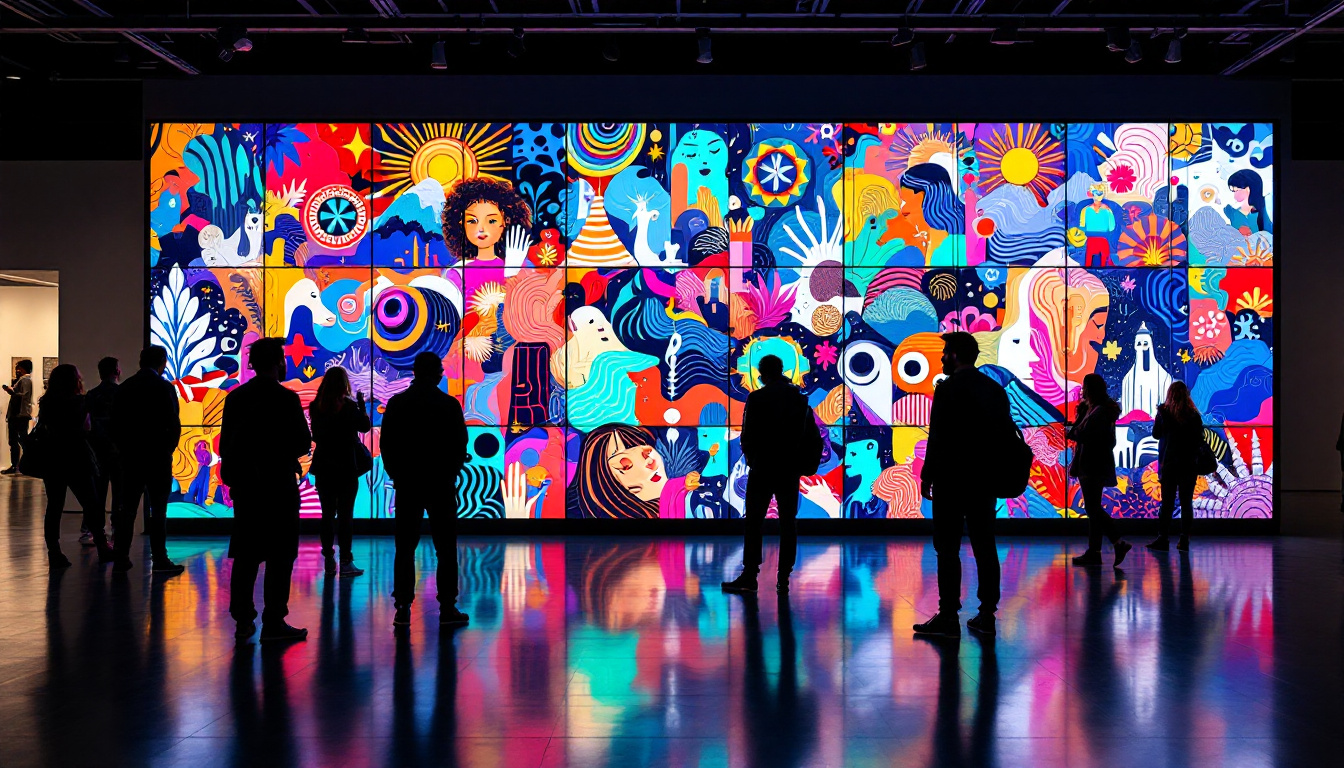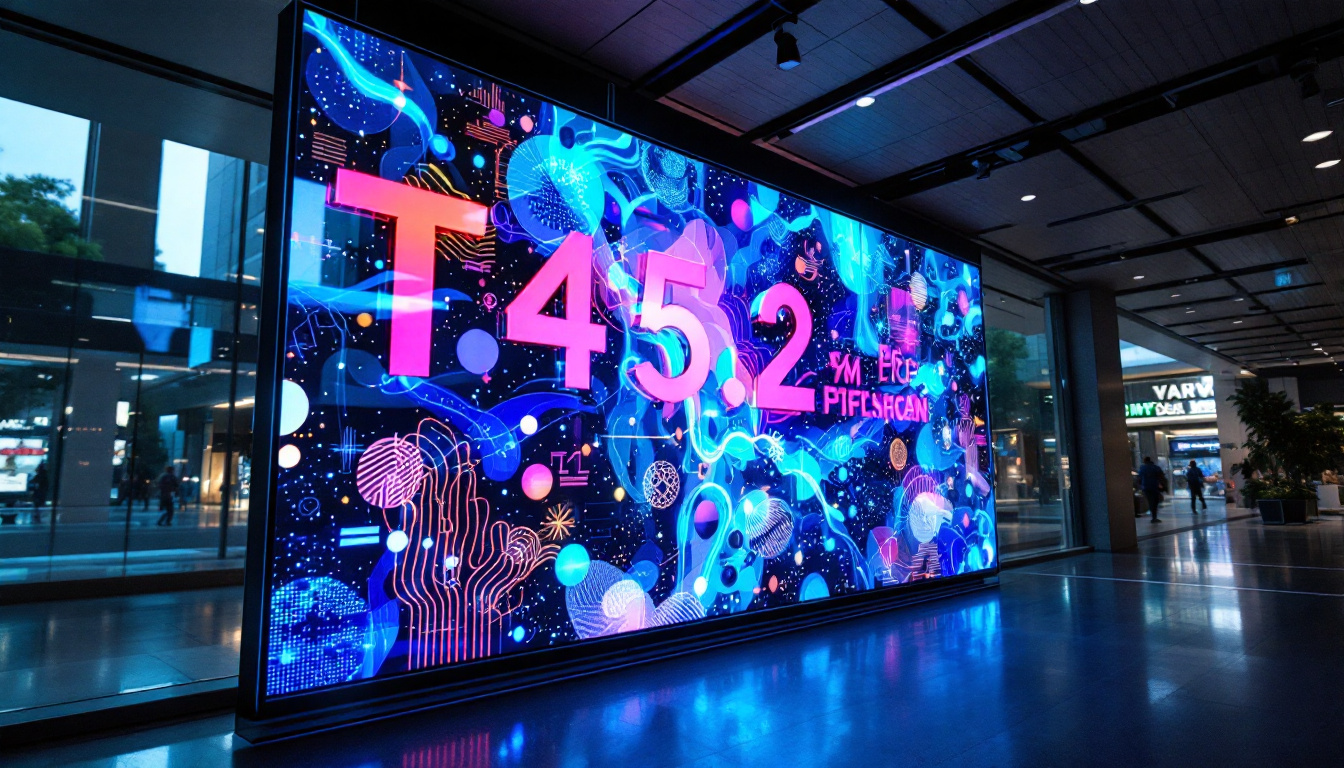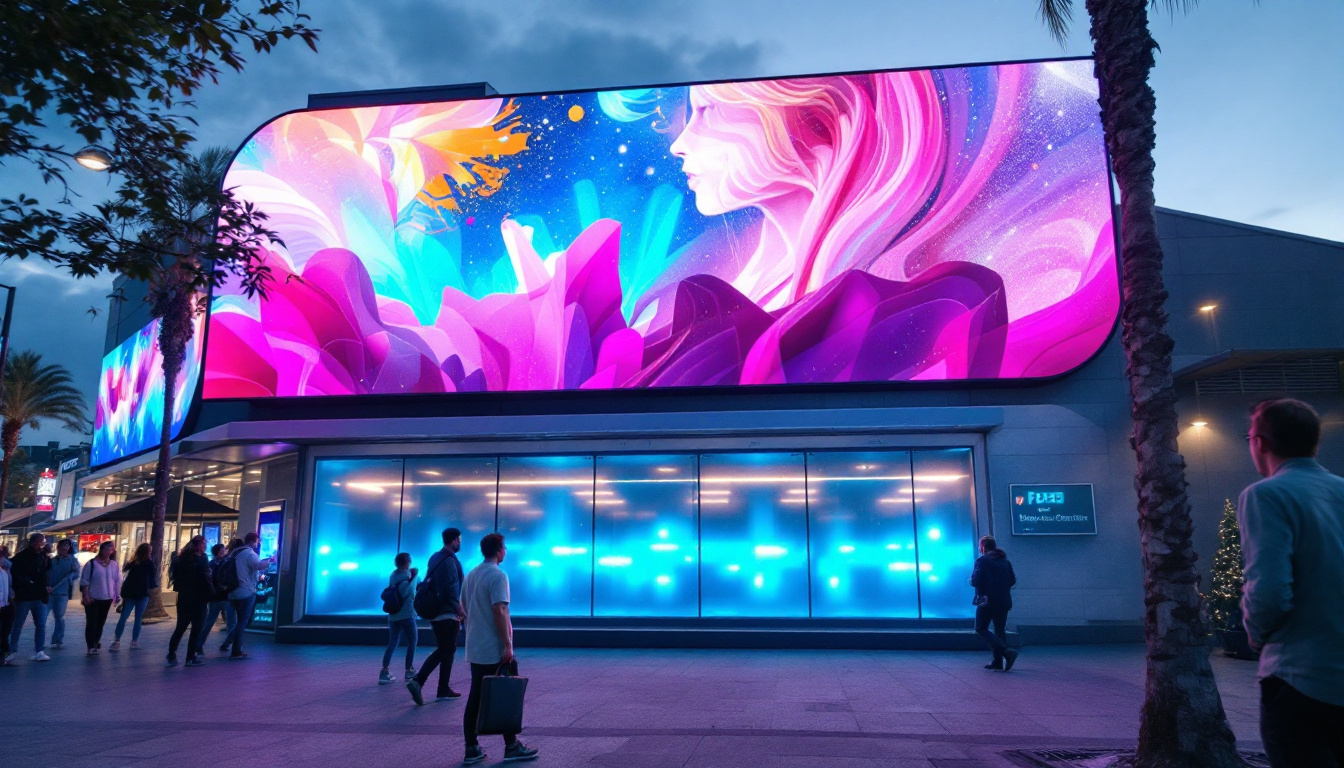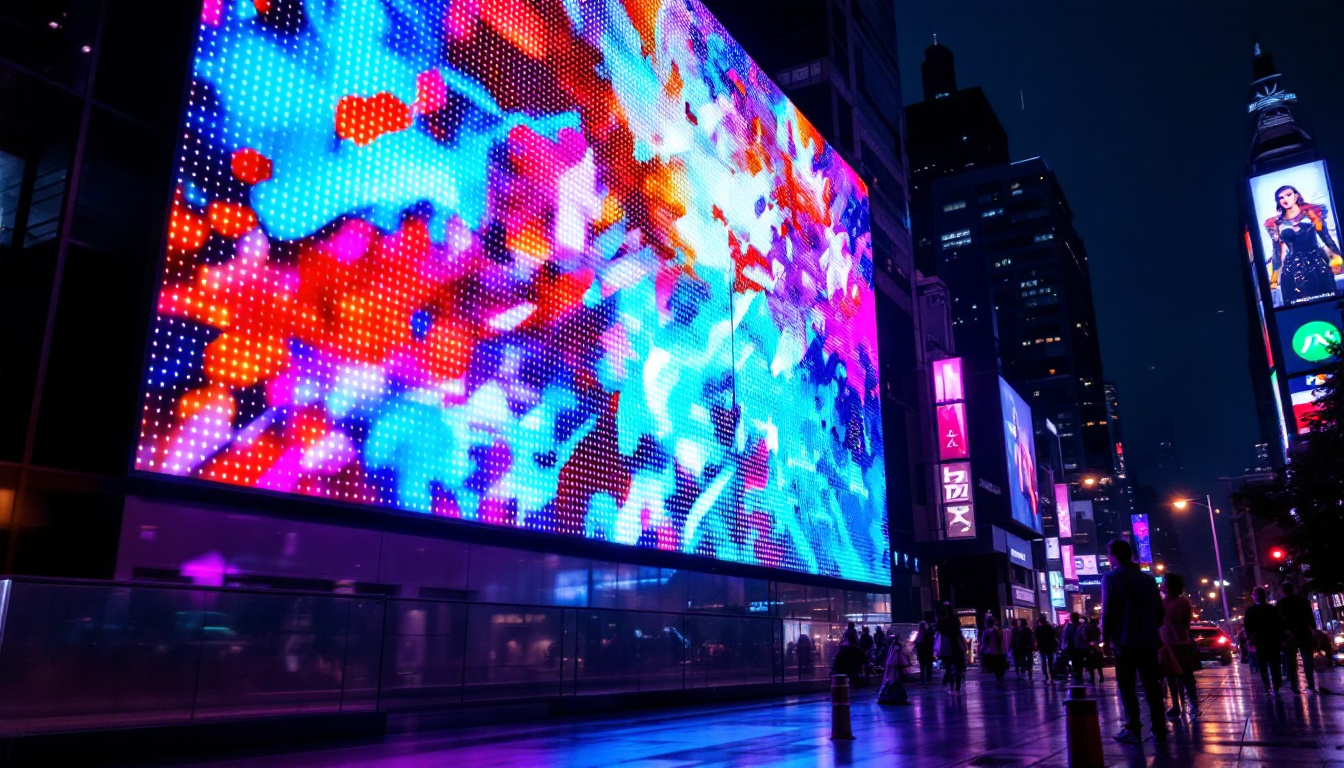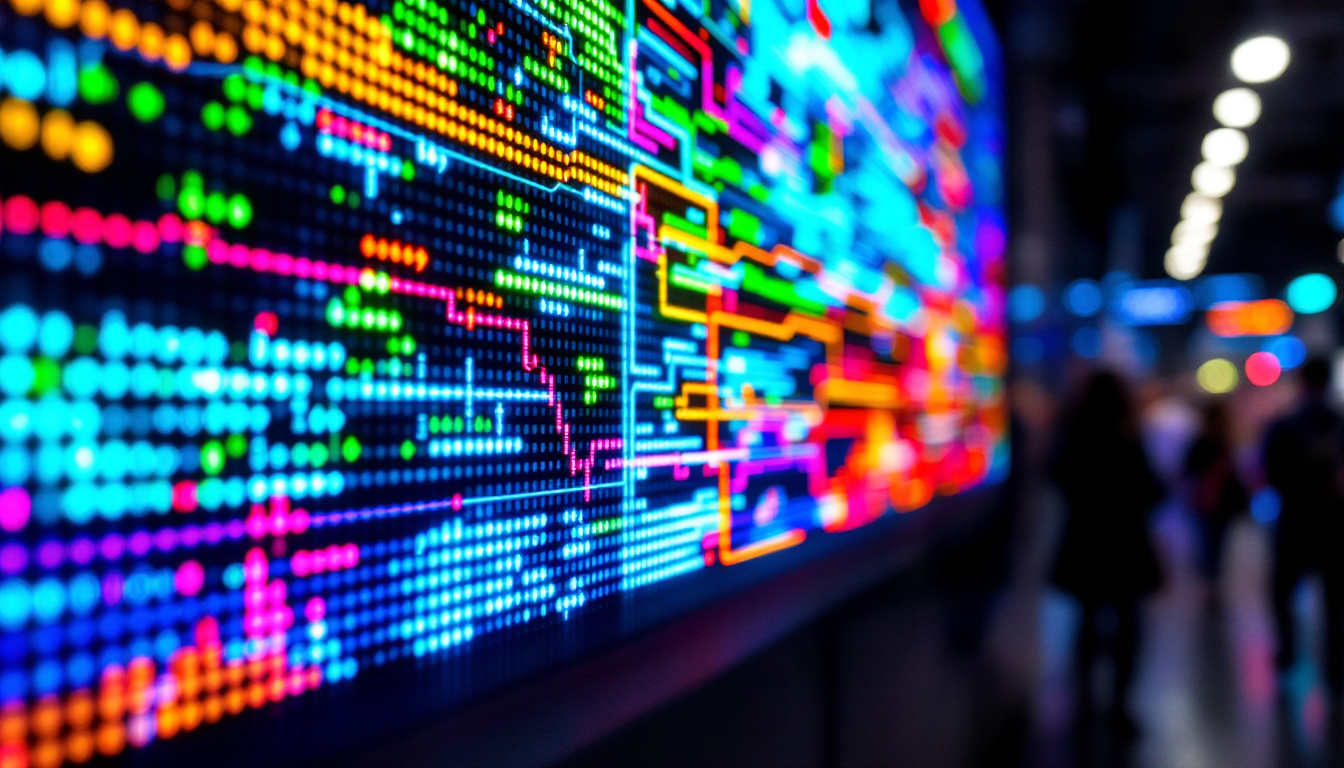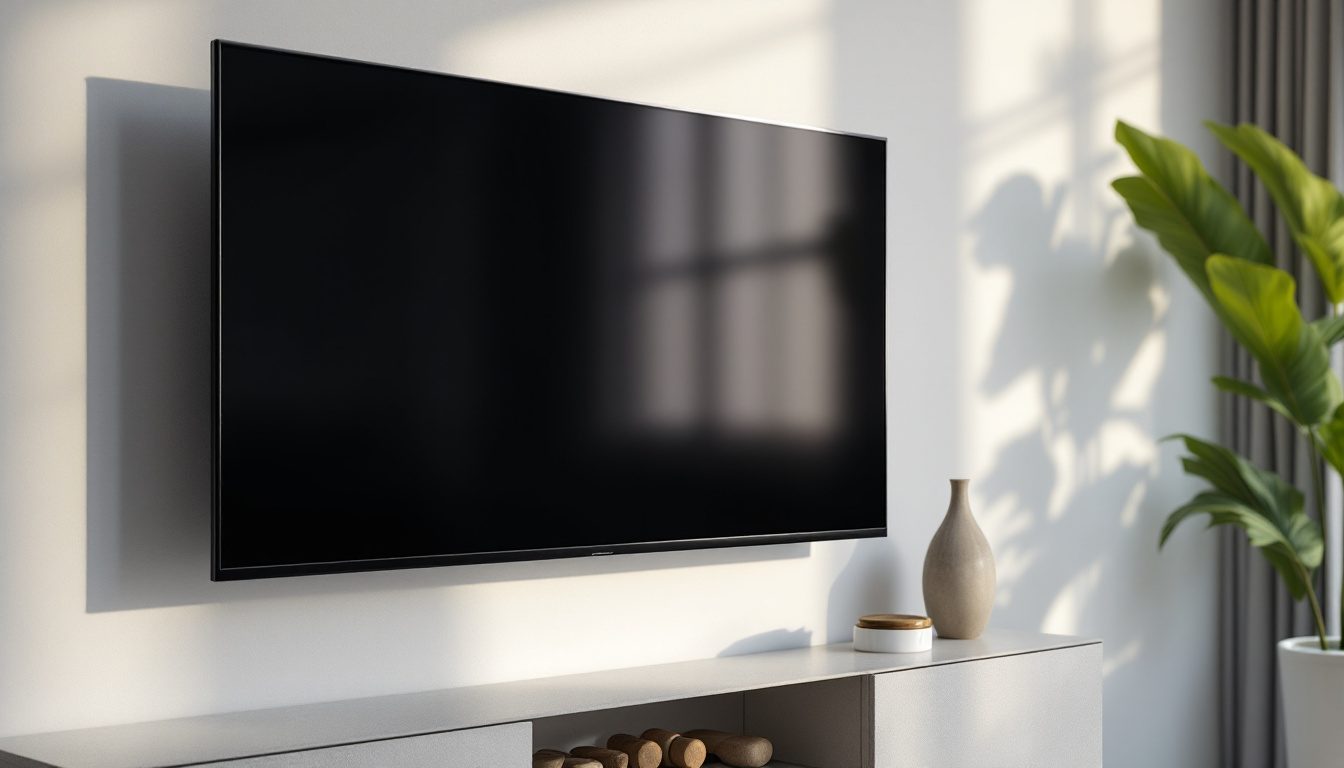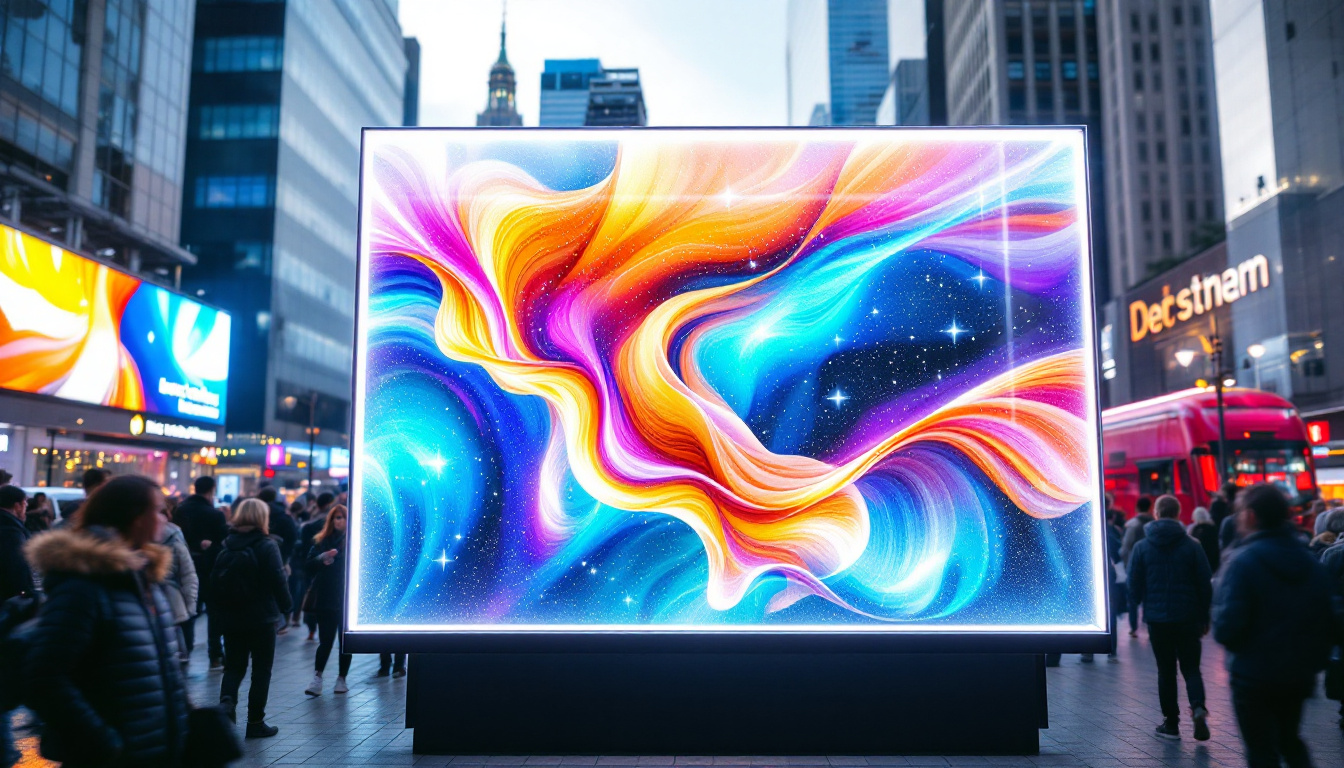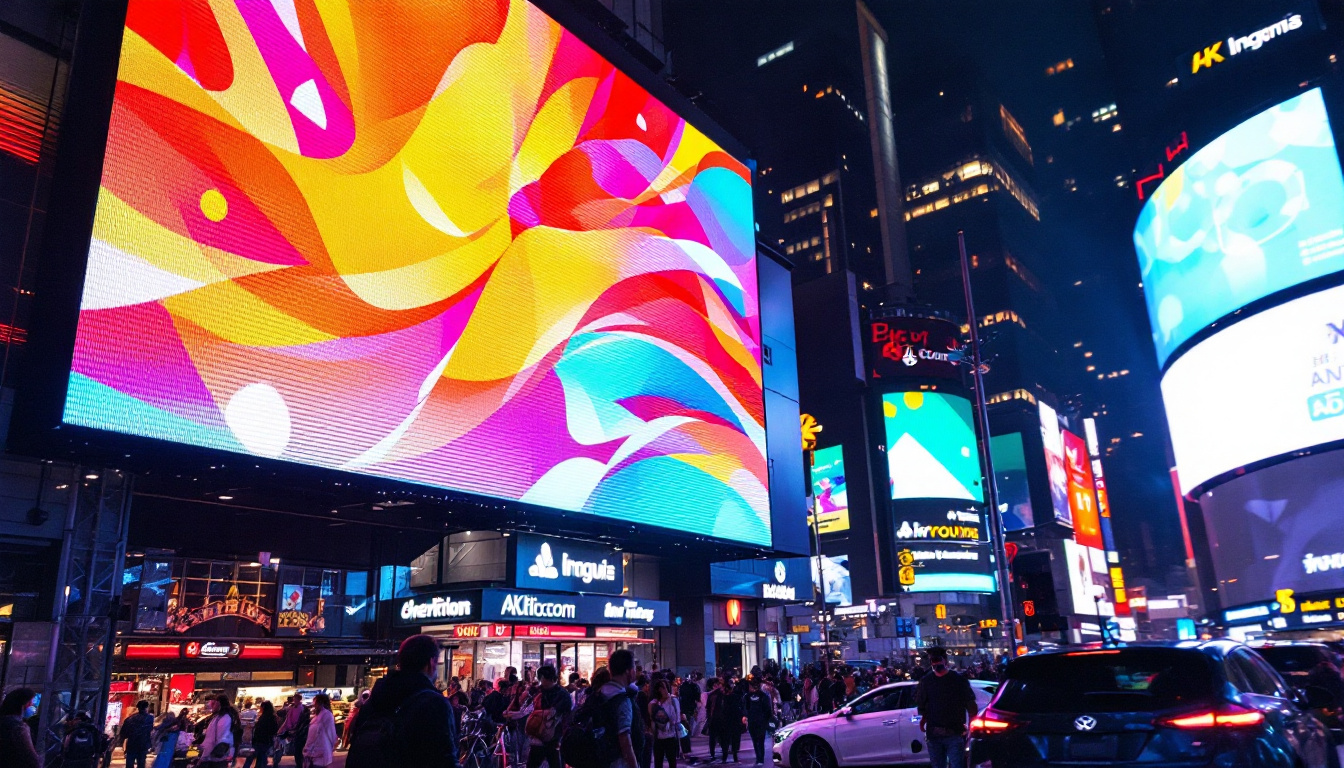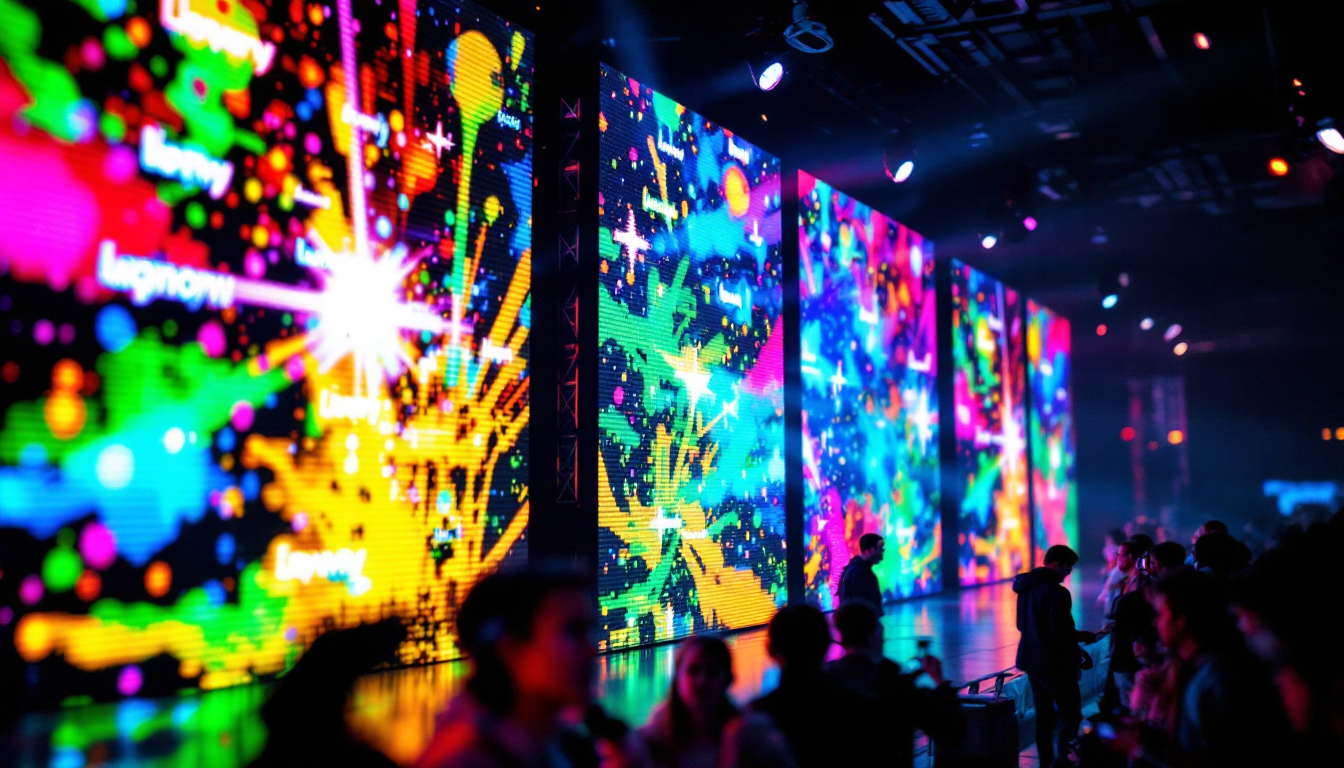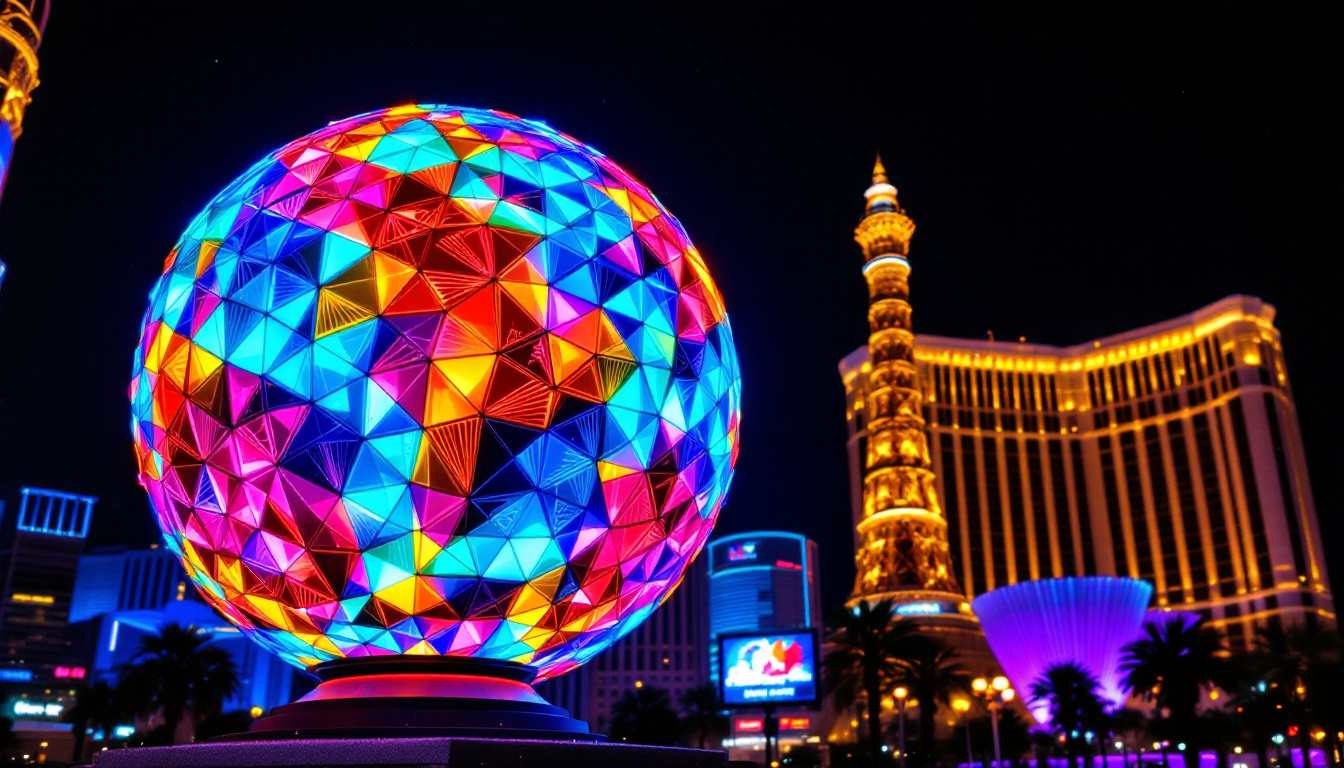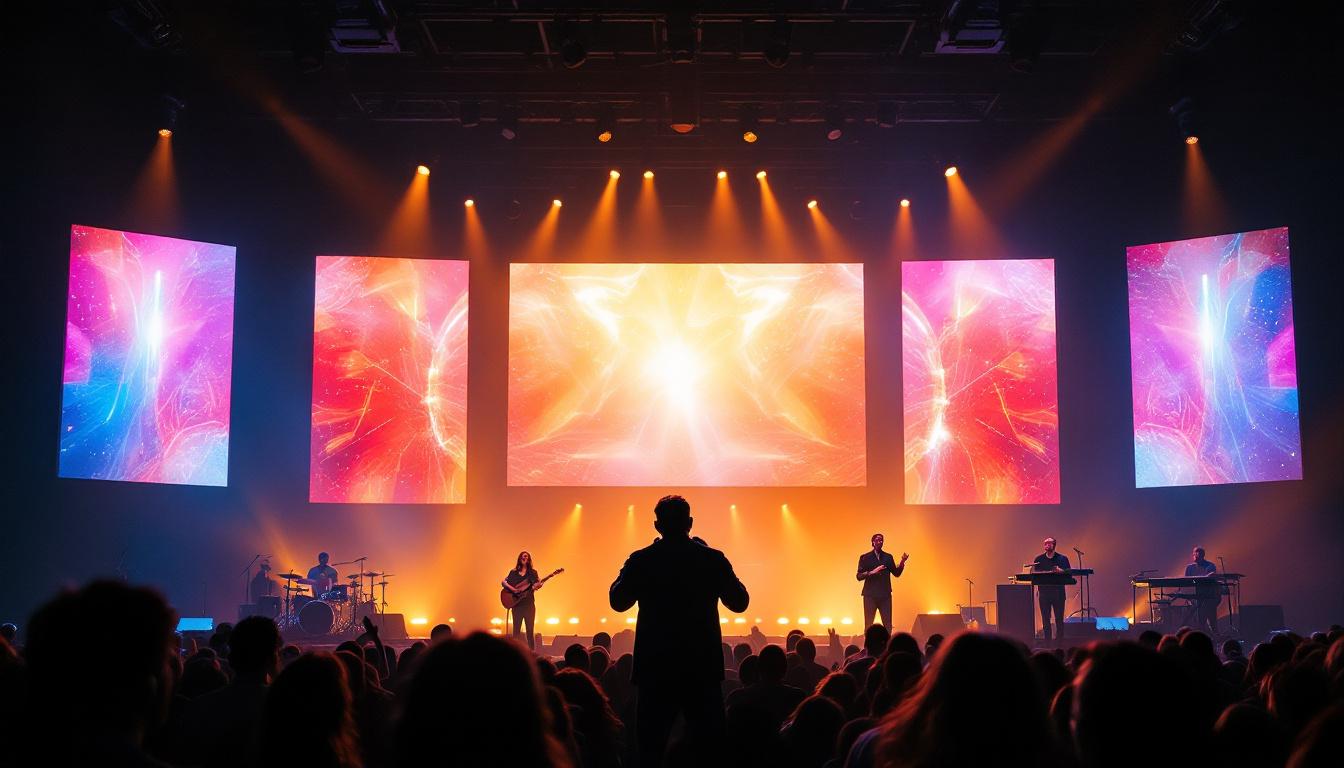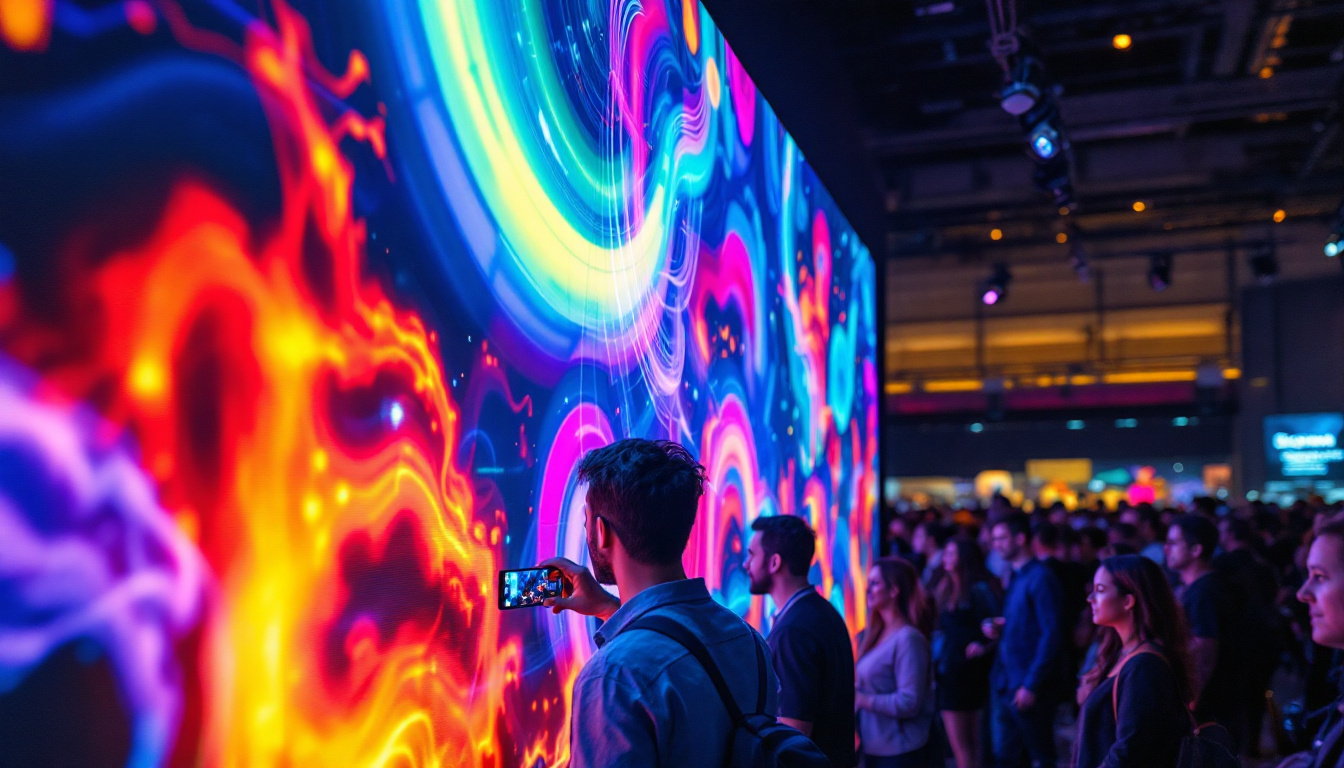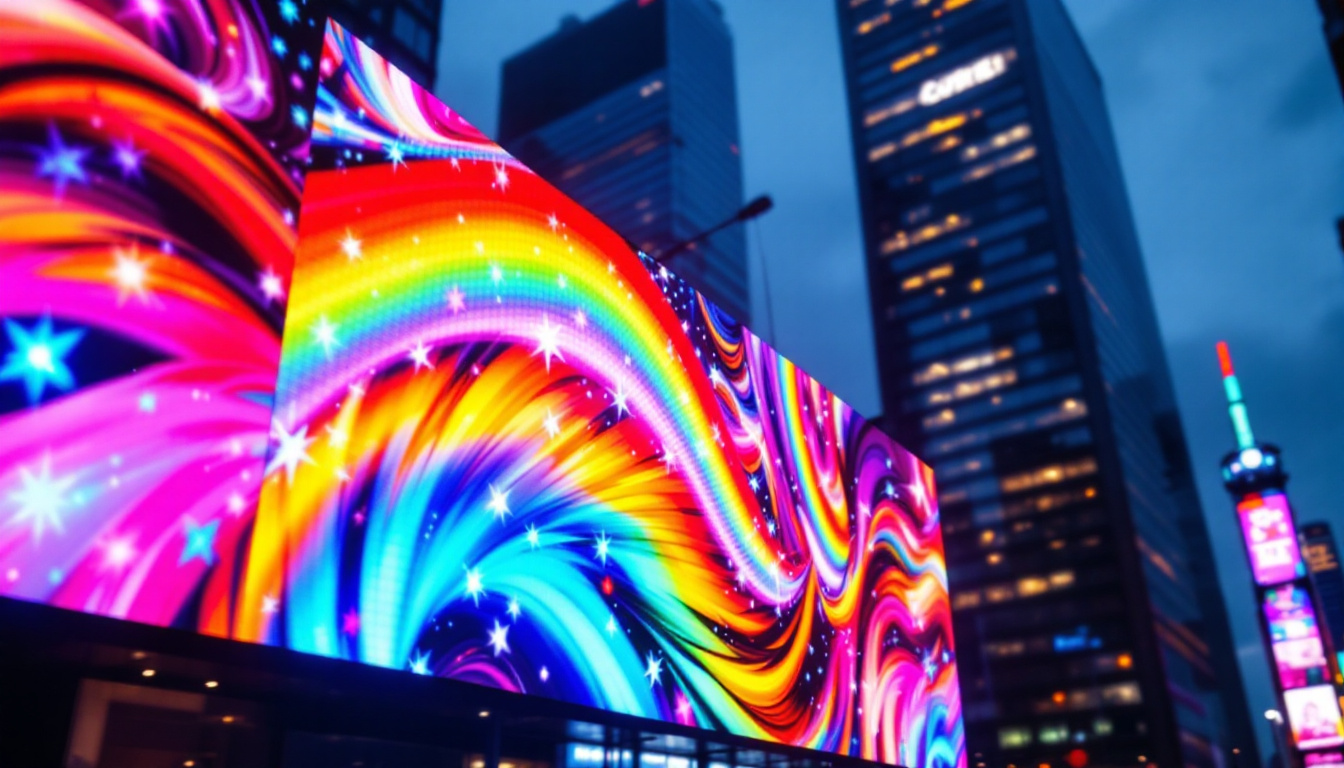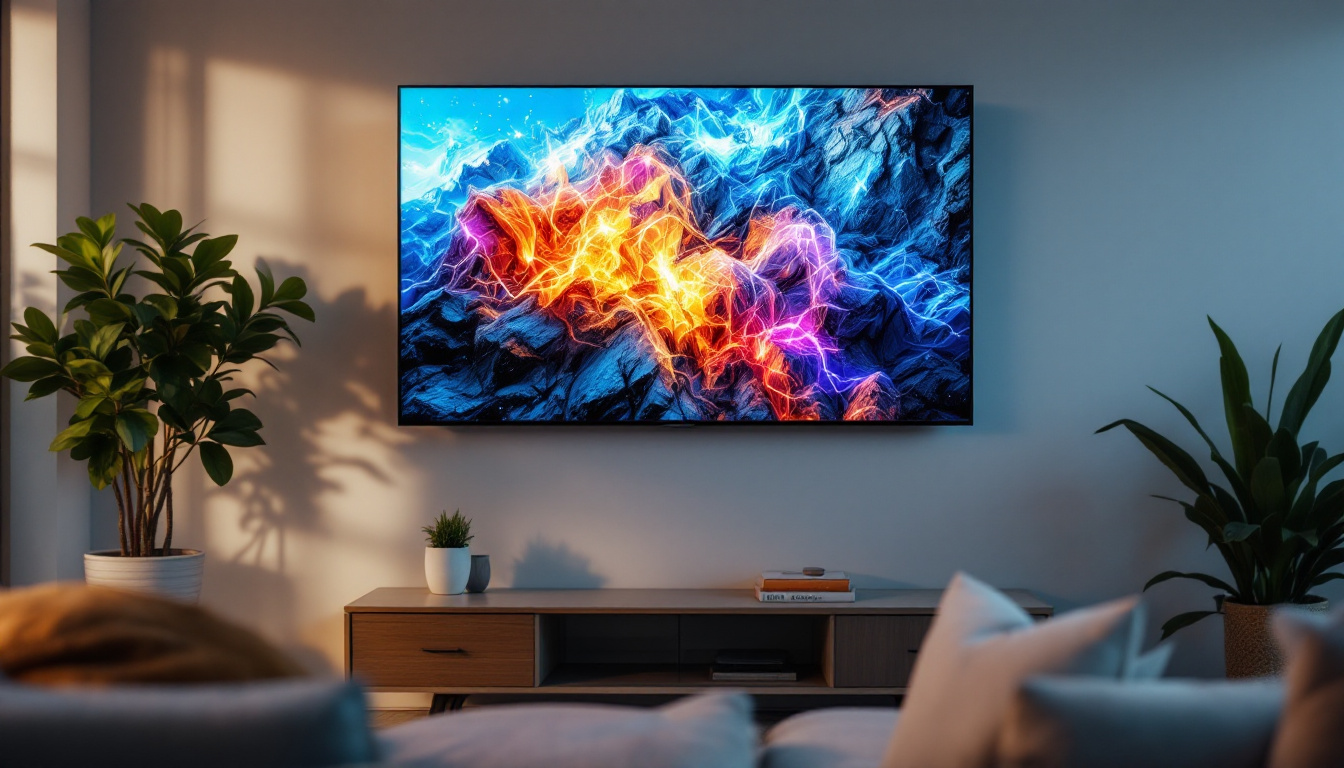In the world of visual technology, two prominent options often come into play: LED projectors and LED displays. Both serve the purpose of delivering high-quality images and videos, but they do so in fundamentally different ways. Understanding the distinctions between these two technologies can help consumers and businesses make informed decisions based on their specific needs and use cases.
Understanding LED Technology
Before diving into the differences between LED projectors and LED displays, it’s essential to grasp the basics of LED technology. LED, or Light Emitting Diode, is a semiconductor device that emits light when an electric current passes through it. This technology has revolutionized the way we experience visual media, offering brighter, more vibrant colors and improved energy efficiency compared to traditional display technologies. The compact size of LEDs also allows for innovative design possibilities, enabling manufacturers to create thinner, lighter devices that can fit seamlessly into modern living spaces.
How LED Works
LEDs generate light through electroluminescence, which is the phenomenon where a material emits light in response to an electric current. In both projectors and displays, LEDs can be used as a light source or as the primary display mechanism. The way these components are arranged and utilized differs significantly between projectors and displays. For instance, while projectors often use a combination of LEDs to create a full-color image by mixing red, green, and blue light, displays typically employ a matrix of individual LEDs that can be controlled to produce various colors and brightness levels. This fundamental difference in design leads to distinct performance characteristics in terms of brightness, contrast, and viewing angles.
Benefits of LED Technology
LED technology offers numerous advantages, including:
- Energy Efficiency: LED devices consume less power compared to their traditional counterparts, making them more environmentally friendly.
- Longevity: LEDs have a longer lifespan, often lasting tens of thousands of hours, which reduces the need for frequent replacements.
- Vibrant Colors: The color accuracy and brightness of LED displays and projectors are often superior, providing a more immersive viewing experience.
In addition to these benefits, LED technology is also known for its rapid response time, which is crucial for applications requiring quick refresh rates, such as gaming or fast-paced video content. This responsiveness contributes to smoother motion and reduces blur, enhancing the overall visual experience. Furthermore, advancements in LED technology have led to the development of features like local dimming and HDR (High Dynamic Range), which further elevate picture quality by allowing for deeper blacks and brighter highlights. These innovations make LED displays and projectors not only suitable for home entertainment but also for professional applications such as digital signage and high-end presentations.
LED Projectors: A Closer Look
LED projectors utilize LED technology to project images onto a surface, typically a screen or wall. They are popular for various applications, including home theaters, business presentations, and educational environments. Understanding their features, advantages, and limitations can help users determine if an LED projector is the right choice for their needs.
Features of LED Projectors
LED projectors come equipped with several features that enhance their functionality:
- Portability: Many LED projectors are lightweight and compact, making them easy to transport for on-the-go presentations or movie nights.
- Adjustable Screen Size: Users can easily adjust the size of the projected image, accommodating different room sizes and viewing preferences.
- Versatile Connectivity: Most LED projectors offer various connectivity options, including HDMI, USB, and wireless connections, allowing for easy integration with multiple devices.
Advantages of LED Projectors
LED projectors offer several benefits that make them appealing to users:
- Cost-Effective: Compared to large LED displays, projectors often come at a lower price point, making them accessible for budget-conscious consumers.
- Large Image Display: Projectors can create significantly larger images than most displays, making them ideal for group settings.
- Flexibility: They can be used in various environments, from home theaters to outdoor movie nights, providing versatility in usage.
Limitations of LED Projectors
Despite their advantages, LED projectors do have some limitations:
- Ambient Light Sensitivity: Projected images can lose clarity and brightness in well-lit environments, requiring controlled lighting for optimal viewing.
- Maintenance: While LEDs have a long lifespan, projectors may still require regular maintenance, such as cleaning lenses and replacing filters.
- Image Quality: Although improving, the image quality may not match that of high-end LED displays, particularly in terms of resolution and color accuracy.
Applications of LED Projectors
LED projectors are not just limited to home entertainment; they have found their way into various sectors. In educational settings, teachers utilize projectors to display interactive lessons, enhancing student engagement through visual aids. In corporate environments, they are invaluable for delivering impactful presentations, allowing for dynamic visuals that can captivate an audience. Additionally, many outdoor enthusiasts have embraced portable LED projectors for movie nights under the stars, transforming backyards into open-air cinemas. The adaptability of LED projectors makes them a staple in both professional and recreational spaces.
Future Trends in LED Projector Technology
The future of LED projectors looks promising, with ongoing advancements in technology. Manufacturers are increasingly focusing on improving resolution and brightness levels, with some models now offering 4K capabilities, which significantly enhances the viewing experience. Furthermore, the integration of smart technology is becoming more prevalent, allowing users to stream content directly from the internet without the need for additional devices. As the demand for high-quality, portable projection solutions continues to grow, we can expect to see even more innovative features, such as enhanced color accuracy and built-in audio systems, making LED projectors an even more compelling choice for consumers.
LED Displays: An Overview
LED displays, on the other hand, are flat-panel screens that use LED technology to produce images. They are widely used in televisions, digital signage, and large-scale displays for events. Understanding the characteristics of LED displays can provide insight into their advantages and potential drawbacks.
Features of LED Displays
LED displays come with various features that enhance their usability:
- High Resolution: Many LED displays offer 4K and even 8K resolution, providing stunning image clarity and detail.
- Wide Viewing Angles: LED displays typically maintain color accuracy and brightness even at wide viewing angles, making them suitable for larger audiences.
- Thin and Lightweight: Modern LED displays are designed to be sleek and lightweight, allowing for easy wall mounting and integration into various environments.
Advantages of LED Displays
LED displays present several compelling advantages:
- Consistent Image Quality: Unlike projectors, LED displays provide consistent brightness and color accuracy, regardless of ambient lighting conditions.
- Low Maintenance: With fewer moving parts and no need for bulb replacements, LED displays typically require less maintenance than projectors.
- Instant On/Off: LED displays can be powered on and off instantly, eliminating the warm-up time associated with projectors.
Limitations of LED Displays
While LED displays have many advantages, they also come with certain limitations:
- Cost: High-quality LED displays can be significantly more expensive than projectors, making them less accessible for some consumers.
- Fixed Screen Size: Unlike projectors, the screen size of LED displays is fixed, which may limit flexibility in certain settings.
- Heat Generation: LED displays can generate heat during prolonged use, which may require additional cooling solutions in some environments.
Comparative Analysis: LED Projector vs. LED Display
When choosing between an LED projector and an LED display, several factors come into play. Understanding the differences in performance, cost, and application can help users make a more informed decision.
Performance Comparison
In terms of performance, LED displays generally outperform LED projectors in brightness and image quality. Displays maintain consistent color accuracy and clarity, even in well-lit environments. Conversely, projectors may struggle in bright settings, requiring controlled lighting for optimal viewing.
However, projectors excel in creating larger images, making them ideal for presentations and cinematic experiences. The flexibility in screen size allows for a more immersive experience, especially in larger venues.
Cost Considerations
Cost is often a significant factor in the decision-making process. LED projectors tend to be more budget-friendly, making them an attractive option for consumers and small businesses. In contrast, high-quality LED displays can be a substantial investment, particularly for larger models.
It’s essential to consider not only the initial purchase price but also the long-term costs associated with maintenance, energy consumption, and potential upgrades. While projectors may have lower upfront costs, they may incur additional expenses over time, such as bulb replacements and maintenance.
Application Suitability
The intended use of the device plays a crucial role in determining the best option. For home theaters, outdoor movie nights, or business presentations, LED projectors provide the flexibility and size needed for an engaging experience. On the other hand, LED displays are ideal for environments where consistent image quality and brightness are paramount, such as retail spaces, conference rooms, and digital signage.
Conclusion
Both LED projectors and LED displays offer unique advantages and limitations, making them suitable for different applications and user preferences. Understanding the fundamental differences between these technologies is crucial for making an informed decision.
Ultimately, the choice between an LED projector and an LED display will depend on individual needs, budget, and intended use. By carefully evaluating the performance, cost, and application suitability of each option, users can select the best solution for their visual technology requirements.
As technology continues to evolve, both LED projectors and displays are likely to see advancements that further enhance their capabilities. Keeping an eye on emerging trends and innovations in the field will ensure that consumers remain informed and can make the best choices for their visual experiences.
Discover LumenMatrix’s Advanced LED Solutions
Ready to elevate your visual experience with the latest in LED technology? LumenMatrix is at the forefront of LED innovation, offering a wide range of cutting-edge LED display solutions tailored to your needs. From captivating Indoor and Outdoor LED Wall Displays to dynamic Vehicle and Sports LED Displays, our products are designed to make your brand shine and engage your audience like never before. Whether you’re looking to create an immersive environment with our Floor and Custom LED Displays or seeking the convenience of an All-in-One LED Display, LumenMatrix has you covered. Experience the future of visual communication with our LED Transparent Displays and revolutionize the way you connect with your audience. Check out LumenMatrix LED Display Solutions today and transform your space with unparalleled clarity and impact.

